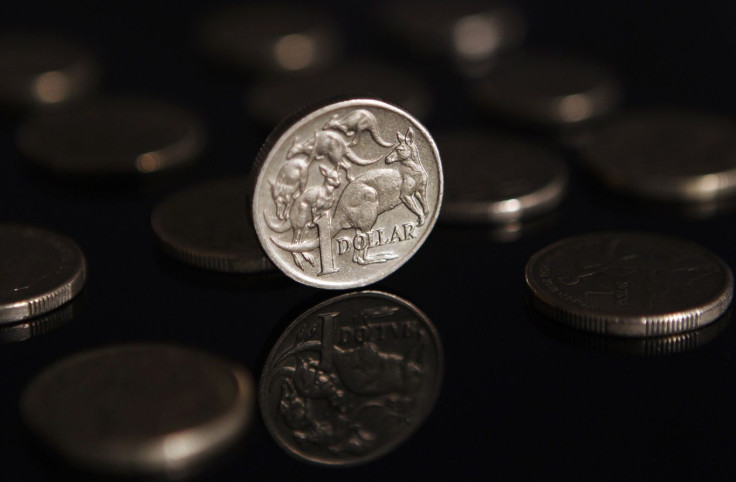Australian Dollar Outlook - June 23, 2015

Bell FX Currency Outlook: The Australian Dollar is weaker this morning, with global focus on Europe, as Greece’s creditors enhanced optimism for a bailout agreement.
Australia: The AUD is trading at USD 0.7727 which is over 50 points lower than yesterday. The AUD found strength against a weaker Greenback after Euro Zone leaders met in Brussels in an attempt to resolve Greece’s stalled debt negotiations. They were cautiously optimistic about the 11th hour reform proposals from Greece as they met Prime Minister Alexis Tsipras. It appears Greece is proposing to the Troika (the creditors – IMF, ECB, Eurogroup) to increase tax (VAT) and make cuts to low income pensions. This signals a significant fiscal tightening for Greece, suggested to be around E7.9bn, and as such, creditors wish for the proposal to first be passed by the Greek government before it goes to the other European states to be voted on. It is likely that Greece will want some debt relief in return. The next focal point will be Thursday’s meeting of the EU Leaders Summit. The deadline to pay the IMF is on the 30th. Locally, there is more of the same today with little data of note, and what there is may well be overshadowed by the events in Europe. Domestically, weekly consumer confidence data and Q1 ABS house price series are released; neither tend to be market moving data. During the local time zone, the China PMI is released, it has previously had impacts on local markets though not expecting to this time. Majors: News of more promising negotiations between Greece and Europe is described above, with the EUR broadly unchanged. Instead, further improvement in US housing drove a bounce in the USD. This drove NZD to a new cycle low. US 10 year Treasury yields rose but there was a narrowing in spreads for Spanish, Portuguese and Italian 10 year yields. Crude oil prices closed flat, with volatility falling as the ability for the oil market to make new highs looks increasingly unlikely. Crude oil volatility is currently 30%, down from 38% earlier in the month. Crude oil prices may find some support this week from expectations of a 1.5m bbl decline in US crude oil stockpiles for the week ending 19 June. Base metal prices had a weaker tone but aluminium found some support despite world aluminium production growing strongly. The Greece headlines will still play a part in driving price action, but attention should switch to global activity with PMIs from China, Europe and the US giving currency direction some form of underpinning.
Economic Calendar 23 JUN
- AU House Price Index Q1
- CH Markit Manufacturing PMI
- EU Markit Eurozone Manufacturing/Services PMI
- US Durable Goods Orders May
[Kick off your trading day with our newsletter]
More from IBT Markets:
Follow us on Facebook
Follow us on Twitter
Subscribe to get this delivered to your inbox daily






